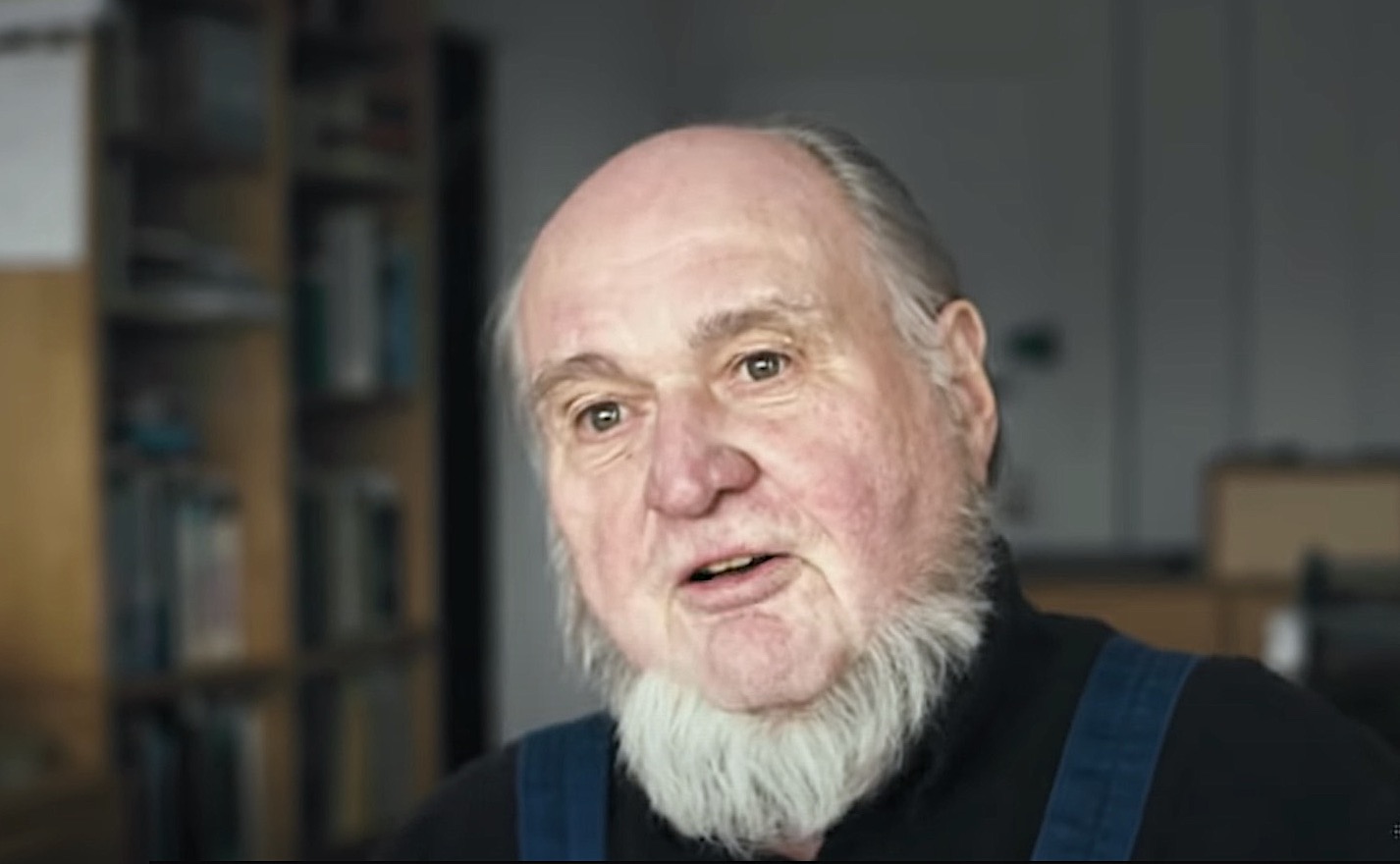Carl Andre, a central figure in the Minimalist Movement, since the 1960s, has died (January 24) in a Manhattan hospice facility at 88. Paula Cooper his Gallerist has confirmed his death.
Andre’s artistic contribution was often overshadowed by the death of his partner Ana Mendieta, a Cuban-American performance artist, sculptor, painter, and video artist best known for her “earth-body” artwork. She is considered one of the most influential Cuban-American artists of the post-World War II era. Andre was accused of pushing her from a 32nd-floor window in her New York apartment in 1985. He was later acquitted of her murder.
Carl Andre was a monumental figure in contemporary art circles and has left an indelible mark with his profound impact. As a pioneering force of Minimalism, Andre’s transformative influence on the art landscape is echoed in his unassuming yet deeply evocative creations.
Born on September 16, 1935, in Quincy, Massachusetts, Andre embarked on an expedition to challenge the essence of artistic expression. His artistic trajectory began in earnest during the late 1950s, marked by exploring unconventional materials and a deliberate departure from traditional forms.
Its simplicity and geometric precision define Andre’s oeuvre. His innovative use of raw materials such as bricks, timber, and metal led to the creation of sculptures that boldly defied the ornate conventions of the time. The resonance of his work lies not in intricate details but in the raw beauty of elemental structures.
The pivotal moment in Andre’s career came during the 1960s, a period that witnessed the rise of Minimalism as an avant-garde movement. Andre’s’ Equivalent’ series, comprising industrial, grid-like arrangements of bricks, became a powerful symbol of his exploration into the relationship between space and material. The sparse elegance of his sculptures stood in stark contrast to the glitz of contemporary art, marking him as a beacon of a new aesthetic.
Andre’s journey, however, was not without its share of controversy. The notorious’ Carl Andre Bricks’ exhibition at the Tate Gallery in 1976 ignited fiery debates, challenging perceptions about the nature of art and pushing boundaries. Critics and admirers alike wrestled with the starkness of his approach, sparking dialogues that extended far beyond the gallery walls.
Despite the controversies, Carl Andre’s commitment to the essence of his craft endures. His works, displayed in esteemed institutions worldwide, continue to provoke contemplation on the fundamental nature of art. As the art world evolves, Andre’s minimalist ethos is a testament to the enduring power of simplicity and the inexhaustible depth of the most unassuming materials.
Paula Cooper Gallery made the following statement announcing the death:
“Paula Cooper Gallery is deeply saddened to announce the death of Carl Andre on January 24, 2024, aged 88. Carl Andre redefined the parameters of sculpture and poetry by using unaltered industrial materials and innovative approaches to language. He created over two thousand sculptures and an equal number of poems throughout his almost seventy-year career, guided by a commitment to pure matter in lucid geometric arrangements.”
Andre’s work has been shown extensively in important one-person and retrospective exhibitions, most recently at Dia: Beacon in New York (2014), which travelled to the Museo Reina Sofia, Madrid; Hamburger Bahnhof, Berlin; Musée d’Art Moderne de la Ville de Paris; and the Museum of Contemporary Art, Los Angeles. His work can be found in public collections including the Museum of Modern Art, New York; Hara Museum of Contemporary Art, Tokyo; the Stedelijk Museum, Amsterdam; Tate Modern, London; and the Centre Georges Pompidou, Paris.
Remembering Carl Andre (1935 – 2024)

